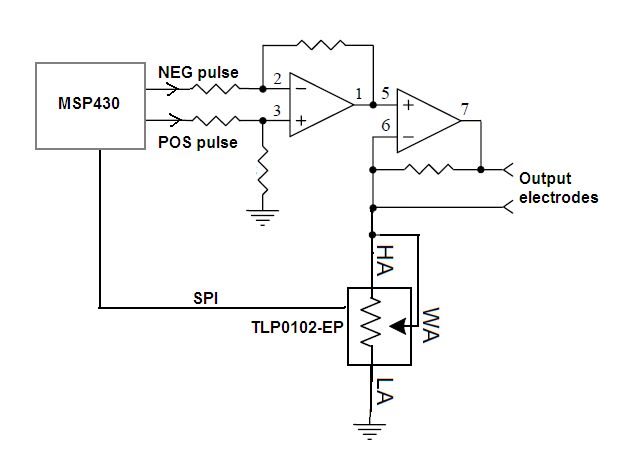Hello!
We are building a prototype of a digital, MSP430 controlled TENS machine (Transcutaneous electrical nerve stimulation).
The main principle of it is generating square pulses with width of 100-1000 microsec with frequency of 1-200 puses per second.
But the output current has to be limited according to MCU set-up value from 0.5 to 10 mA, step 0.5mA.
What TI's DAC will better suit to this application ?
Regards, Vladimir.


